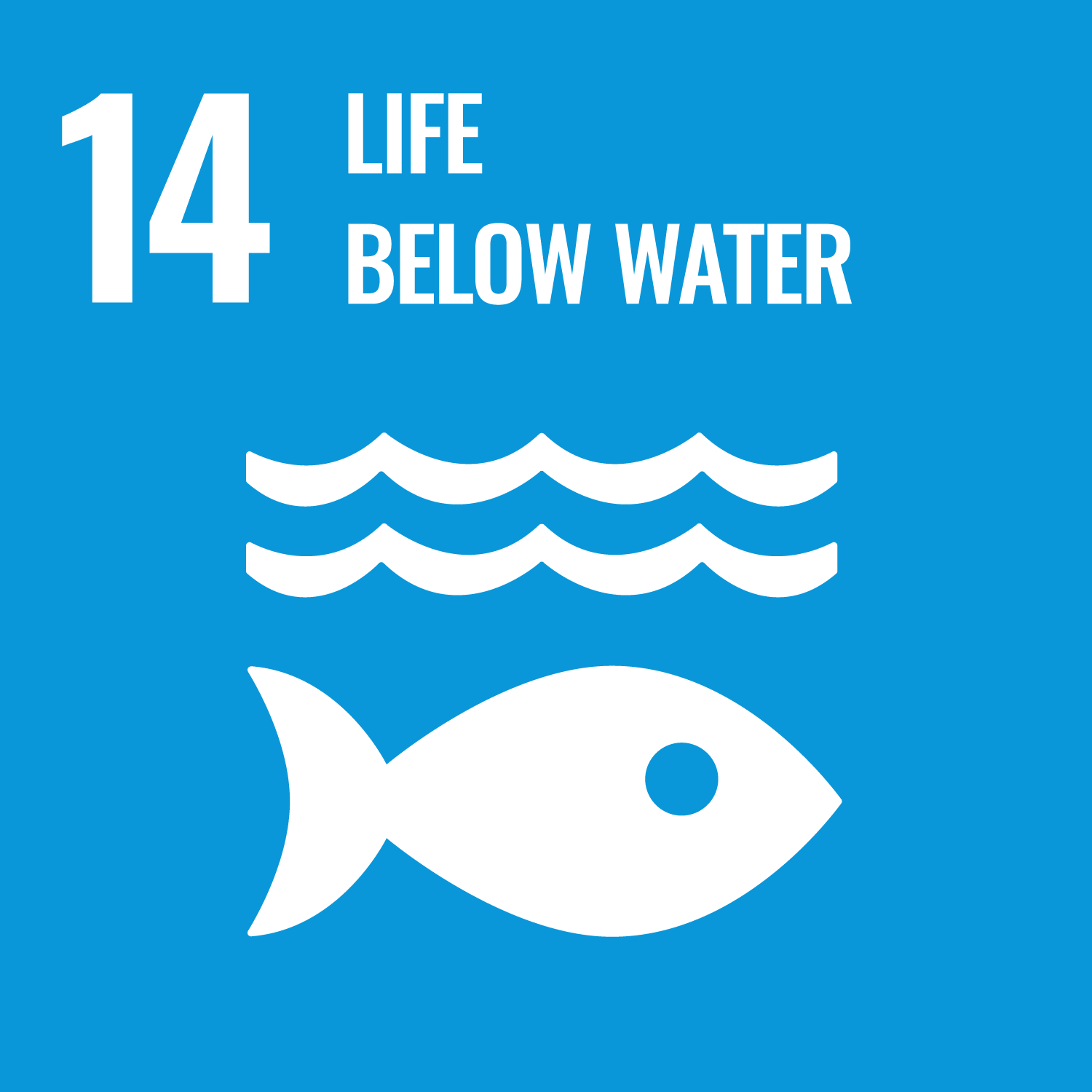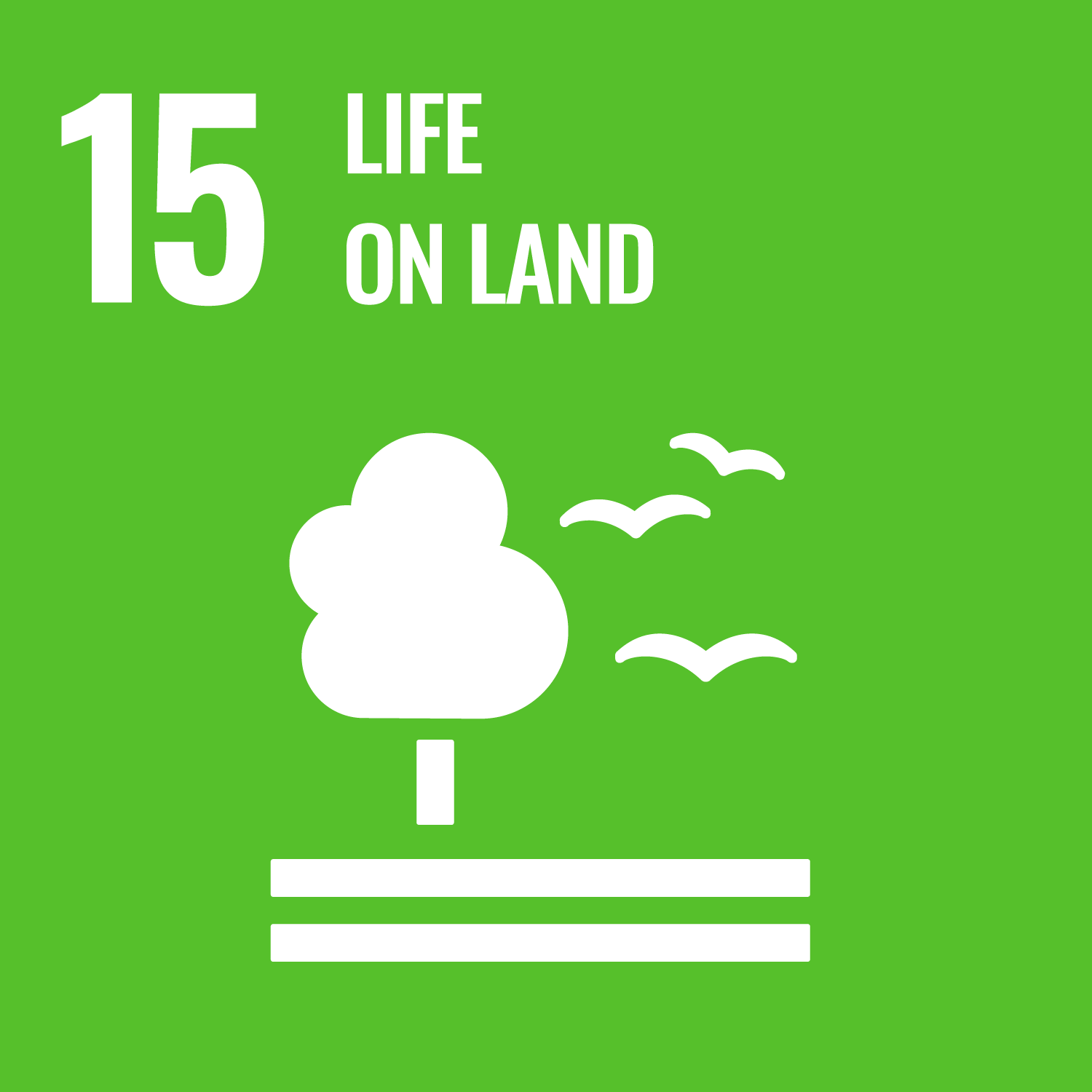For designing machines and software for human use, it is important to know how human feel and use them. The elaborate mechanisms
of the sensors and motile machineries that various living organisms have accumulated during evolution are full of clues for
designing novel things. In this class, you will learn the basics of the human senses including vision, mechanical sense, and
chemical sense along with the mechanisms how vertebrates and invertebrates perceive information for the environment. You will
study a broad range of motile machineries from macroscopic system such as muscles to molecular system of cell and intracellular
motility.
The aim of this class is to understand the sensory and motile mechanisms in various organisms, to comprehend the elaborate
survival tactics, and to obtain clues to manufacturing.
- I can explain the basic mechanisms for human sensation.
- I can explain the basic structure and mechanism for muscle, a motile machinery in living organisms
- I can explain some sensors and motile machinery in various living organisms.
| Class schedule | HW assignments (Including preparation and review of the class.) | Amount of Time Required | |
|---|---|---|---|
| 1. | General principles of animal sense | Review using handout | 190minutes |
| 2. | Sensory coding and adaptation to stimuli | Review using handout | 190minutes |
| 3. | Various types of vision in invertebrates | Review using handout | 190minutes |
| 4. | Vertebrate vision I: photoreception | Review using handout | 190minutes |
| 5. | Vertebrate vision II: signal processing | Review using handout | 190minutes |
| 6. | Olfaction and taste | Review using handout | 190minutes |
| 7. | Mechanoreception by hair cells: hearing, sense of balance, and sense of acceleration | Review using handout | 190minutes |
| 8. | Mechanoreception in various living organisms | Review using handout | 190minutes |
| 9. | Generation and perseption of electric field in electric fish | Review using handout | 190minutes |
| 10. | Thermoreception | Review using handout | 190minutes |
| 11. | Vertebrate muscle I: structure and force production | Review using handout | 190minutes |
| 12. | Vertebrate muscle II: mechanical properties and function | Review using handout | 190minutes |
| 13. | Invertebrate muscle | Review using handout | 190minutes |
| 14. | Final exam and discussion | Review using handout | 190minutes |
| Total. | - | - | 2660minutes |
| Quiz | mid exam | final exam | Total. | |
|---|---|---|---|---|
| 1. | 3% | 15% | 15% | 33% |
| 2. | 3% | 15% | 15% | 33% |
| 3. | 4% | 15% | 15% | 34% |
| Total. | 10% | 45% | 45% | - |
Evaluation is based on quiz and final exam.
Students who can explain correctly 60% of the key words related to the "Goals and Objectives" will get a grade of 60.
Students who can explain correctly 60% of the key words related to the "Goals and Objectives" will get a grade of 60.
Textbook: Physics in Biology and Medicine, 4th edition, Paul Davidovits
Those who did not study biology in high school can understand this class. Those who studied biology in high school can obtain
new viewpoints and deeper understanding.
- Anytime after appointment through e-mail (Kenjiro Yoshimura, kenjiroy@shibaura-it.ac.jp)
- Course that cultivates an ability for utilizing knowledge
- Course that cultivates a basic problem-solving skills
| Work experience | Work experience and relevance to the course content if applicable |
|---|---|
| N/A | N/A |




- 3.GOOD HEALTH AND WELL-BEING
- 13.CLIMATE ACTION
- 14.LIFE BELOW WATER
- 15.LIFE ON LAND
Last modified : Sun Mar 21 17:41:18 JST 2021

